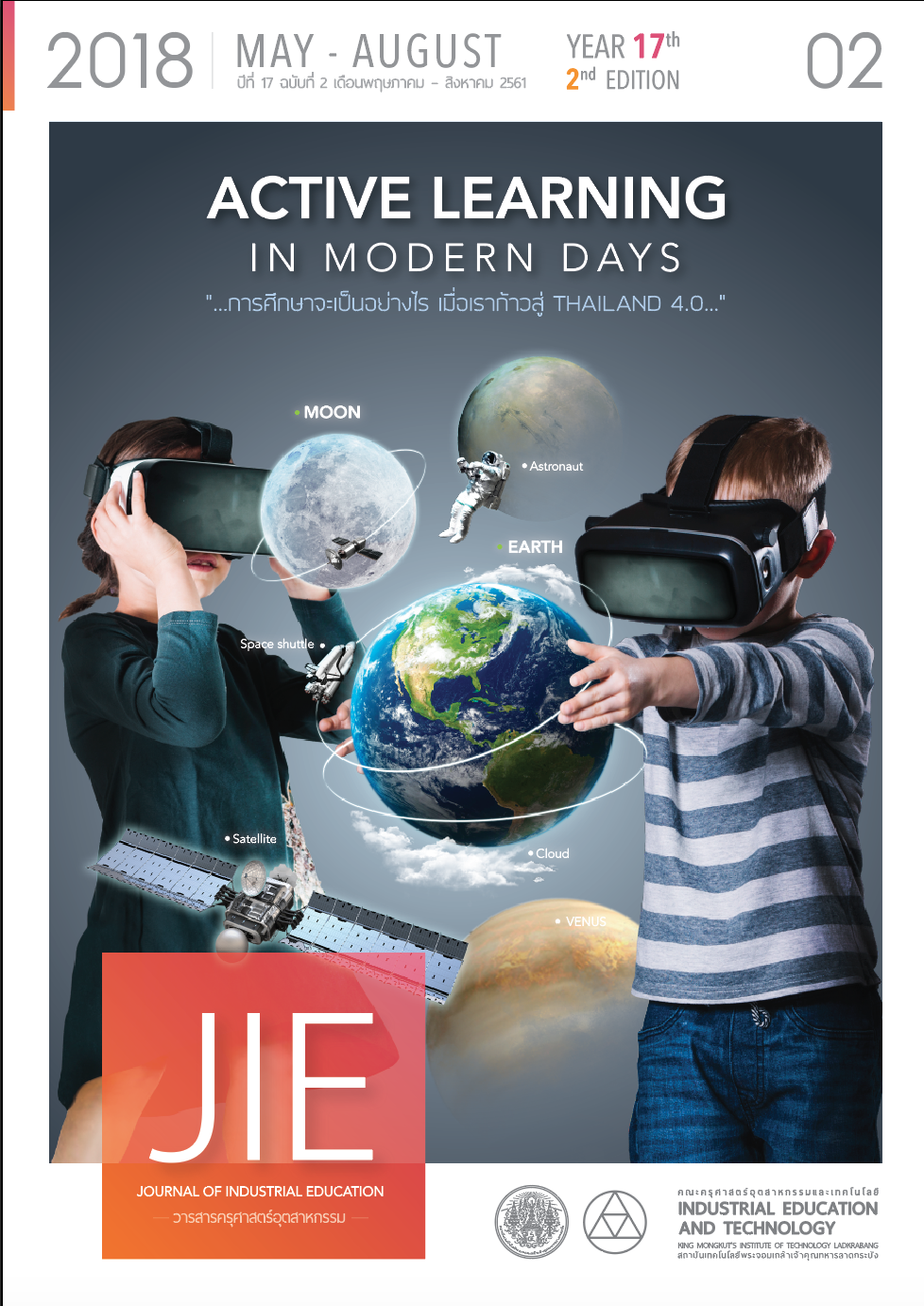MODIFICATION ON HUMAN ERROR CONCEPT FOR DESIGN IN EASY ASSEMBLING OF FURNITURE WORK
Keywords:
Plane, Closed Form, Opened FormAbstract
On furniture work, human error concept has been employed to diminish issue in human user on products. This concept involved with the study of each behavior on human users and design on experiment to avoid the failure behaviors from user. This research demonstrates as basic idea of consideration for an assembling and disassembling process of flat pack furniture and creative design on elementary experiment with plane, closed form, and opened form. The results from 25 users displayed the relative between model of closed form and opened form which is the most difficult to assembly. The error cause on furniture assembling caused from no significant sign on model to correct step sequent including the misunderstand for the solution on the next step.
References
[2] Saributr,A., Louhapensang,C. and Seviset,S.2015. Study and Development of the Industry-Crafts, Wooden Furniture. Journal of Industrial Education, 14(3), p.360-367.
[3] How One Furniture Company Tested Self-Assembly Messaging To Enhance Value And Reduce Frustration. 2016. Retrieved from https://marketin gexperiments.com/value-proposition/customer-coproduction
[4] Woods, D. D. 1994. State-of-the-Art Report Behind Human Error: Cognitive Systems,
Computers, and Hindsight. CSERIAC Program Office AL/CFH/CSERIAC Bldg 248 2255
H Street Wright-Patterson. USA.
[5] Tversky, B., Agrawala, M., et al. 2006. Cognitive Design Principles: from Cognitive Models to Computer Models. Model-Based Reasoning in Science and Engineering, p. 1–20.
[6] Strobel, J., & Zimmerman, G. W. 2011. Effectiveness of Paper, VR and Stereo-VR in the Delivery of Instructions for Assembly Tasks. International Journal of Computer Information Systems and Industrial Management Applications: ISSN 2150-7988, 3, p. 578-585.
[7] Richardson, M., Jones, G. and Torrance, M. 2004. Identifying the task variables that influence perceived object assembly complexity. Ergonomics, 47, p. 945–964.
[8] Wongwichai,T., Tanaka,T. 2015. An Observation of Human Comprehension through Wood Joint Assembly of a Cube Puzzle. Human Interface and the Management of Information. Information and Knowledge Design, 9172, p. 668-677.
[9] Wongwichai,T., Tanaka,T. 2016. Investigating affecting the difficulty in assembling a joint of a cube puzzle. Bulletin of Japanese Society for the Science of Design, 63(4), p. 49-58.
[10] Norman,D.A. 2013. The Design of Everyday Things. New York, Basic Books, London : MIT Press (UK edition)
Downloads
Published
How to Cite
Issue
Section
License
"The opinions and contents including the words in papers are responsibility by the authors."
"ข้อคิดเห็น เนื้อหา รวมทั้งการใช้ภาษาในบทความถือเป็นความรับผิดชอบของผู้เขียน"



